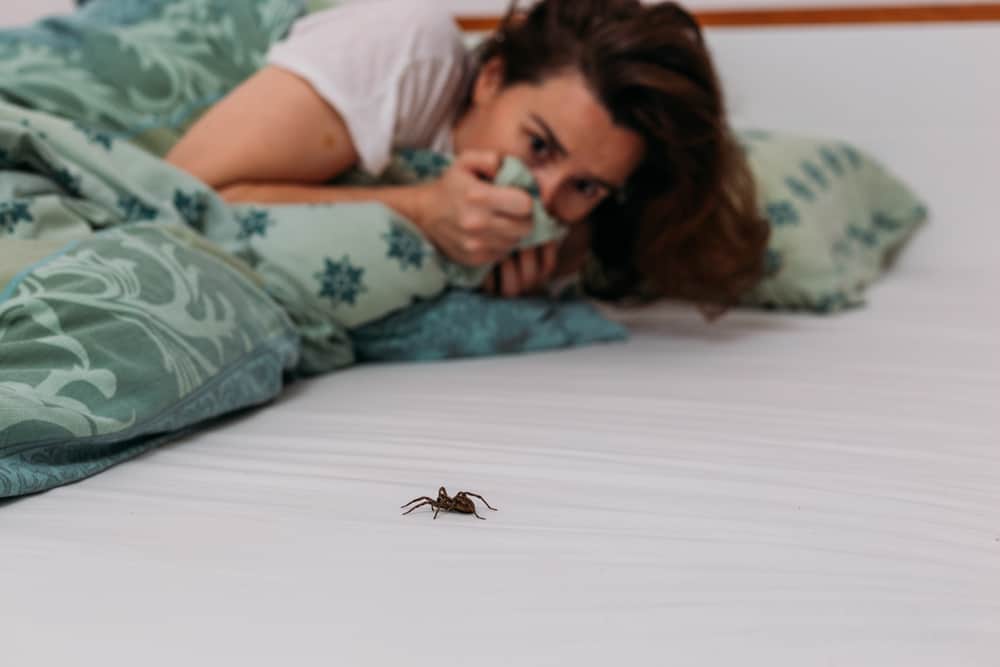Pests come in many shapes and sizes and many of them like to make our homes their homes, too. While some are harmless to you and your property, others can bite you, cause an allergic reaction, and destroy your property. So what are the common house bugs in Alabama and how to identify them?
In this article, you will find information on the most common house bugs in Alabama. While some of them are just a nuisance, others can be dangerous, which is why we have also included some tips on how to protect your home from unwanted bugs towards the end of the article.
Common House Bugs in Alabama
There are thousands of bug species in Alabama and some of them might seek shelter and food in your home. The climate in Alabama makes the state an ideal home for a range of insects, bugs, and other pests and in the United States, Alabama is ranked 8th in the number of different bugs.
Below you will find a list of the most common bugs that you can find in your home in Alabama.
1. Ants
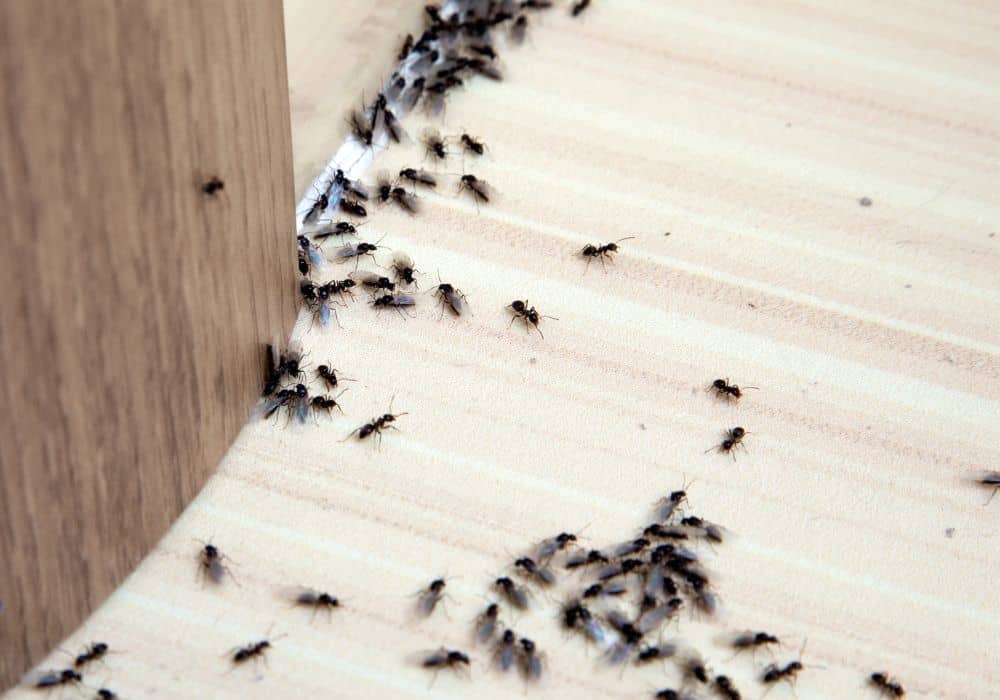
Ants are among the most common pests you can get inside your home. They come in black, brown, and red. Common ant species in Alabama include Argentine ants, fire ants, and little black ants.
Some ants, like the fire ants, are aggressive and have a painful sting that can cause an allergic reaction. In some people or pets, multiple bites can even be life-threatening. All ants can also spread diseases. They can bring pathogens and bacteria in from the outdoors that can contaminate the surfaces they travel through and your food, too.
2. Bed Bugs
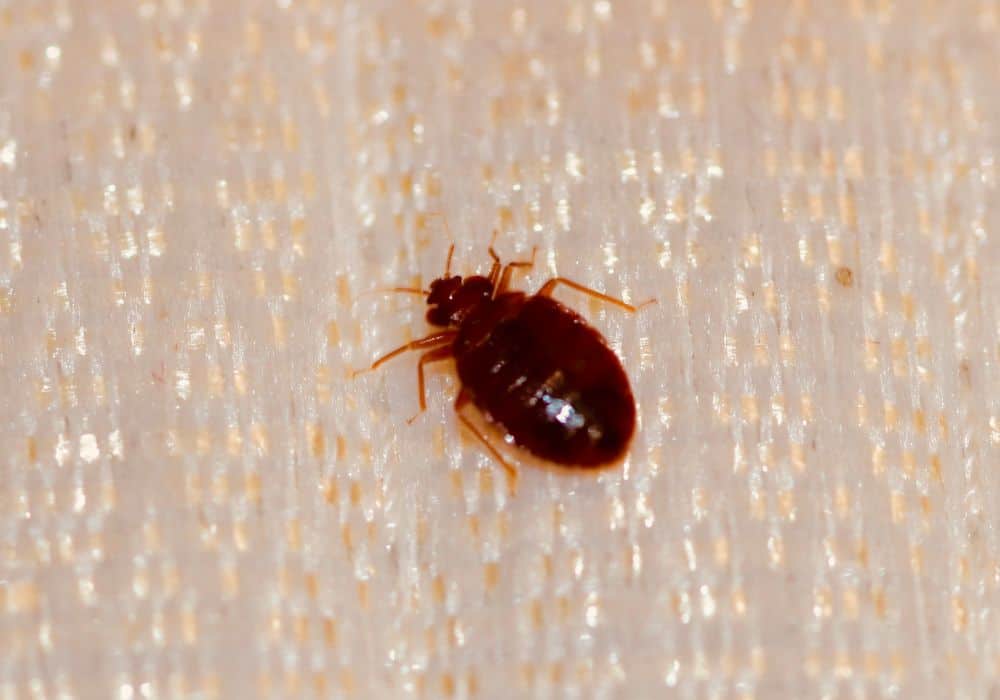
Even though they are called bed bugs, these pests can be found in other areas of your home, too. Bed bugs will bite and their bites can be itchy and in some people cause an allergic reaction.
In addition to your bedding, you can also find bed bugs in walls, floors, wooden furniture, in wall voids, electric outlets, behind wall hangings, and in your laundry basket.
It is easy to bring bed bugs home from other people’s homes or public spaces such as movie theatres. They will stick to your clothes and travel home with you where they will find a comfortable spot to multiply.
The signs that you have bed bugs since you cannot see these tiny pests, are shed skin, and your skin itching after you have, for example, been to bed or sat in a certain chair.
3. Cockroaches
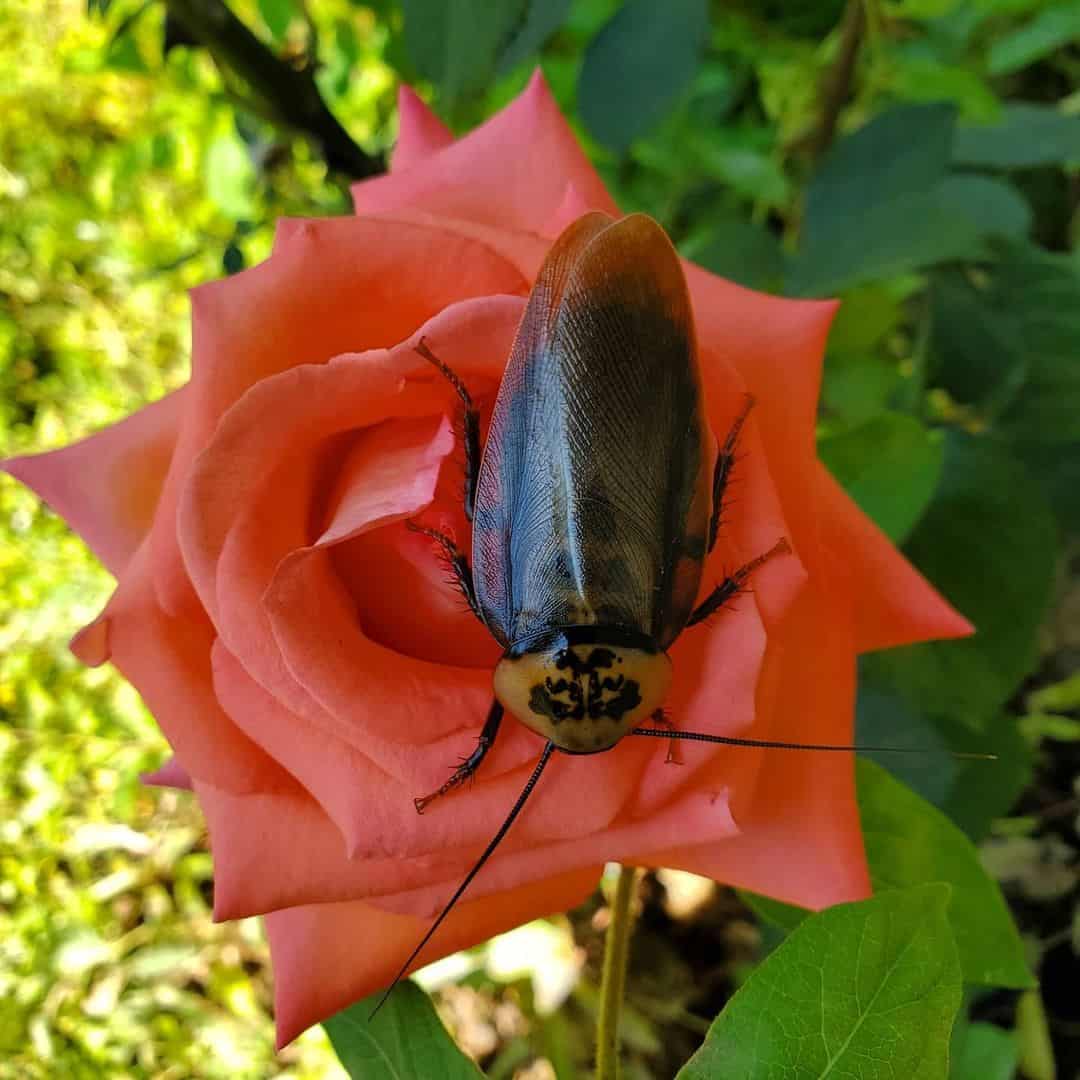
Image Credit: joeandhisbugs
Many people hate cockroaches because of their appearance and their ability to fly and crawl quickly. Cockroaches are resilient and adaptable creatures, meaning they can live and grow in any part of your house. Some species of cockroaches found in Alabama include the oriental cockroach, American cockroach, and German cockroach.
Cockroaches can carry a range of bacteria and pathogens into your home and may spread diseases such as dysentery, salmonellosis, and E.coli. In children, their excrement and shed skin can bring on an allergic reaction. Cockroaches will also damage your property, eating through anything from rugs to wallpaper.
Cockroaches can find their way in through several means. For example, they can travel through drains and enter your home through the sink. You won’t often see them unless you suddenly turn on the light at night because they are active and feed at night. During the day, they hide in cracks and drainpipes.
4. Fleas and Ticks
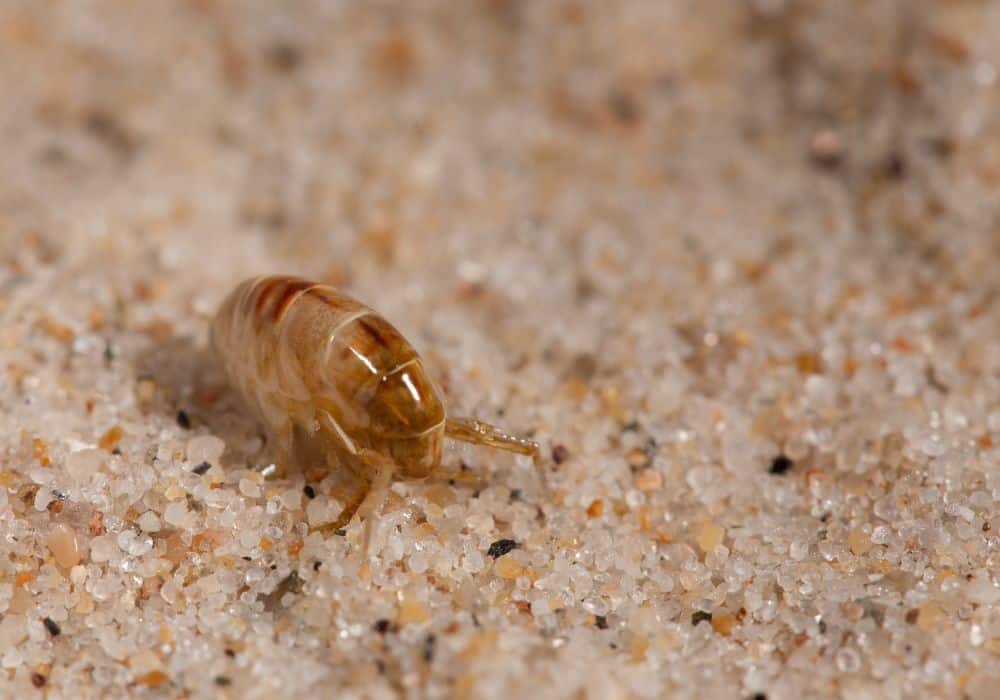
Fleas and ticks have different means of getting into your home but they are both pests that feed on blood. Ticks prefer human blood, while fleas are more likely to affect your pets. Ticks crawl and attach themselves to their source of food. In contrast, fleas can jump from host to host.
Fleas and ticks can both spread diseases and cause allergic reactions. Flea bites can make us itch and infect their host with parasitic tapeworms. Diseases that can be spread by ticks include Lyme disease, Rocky Mountain spotted fever, and babesiosis.
While fleas can survive and breed both in and outdoors, ticks can only breed outside. Ticks usually hide in leaf piles, ditches, or tall grass. Fleas are commonly found in piles of garbage, discarded furniture, and shady bushes. Indoors, they live in bedding, carpets, rugs, and drapes.
5. Mosquitoes
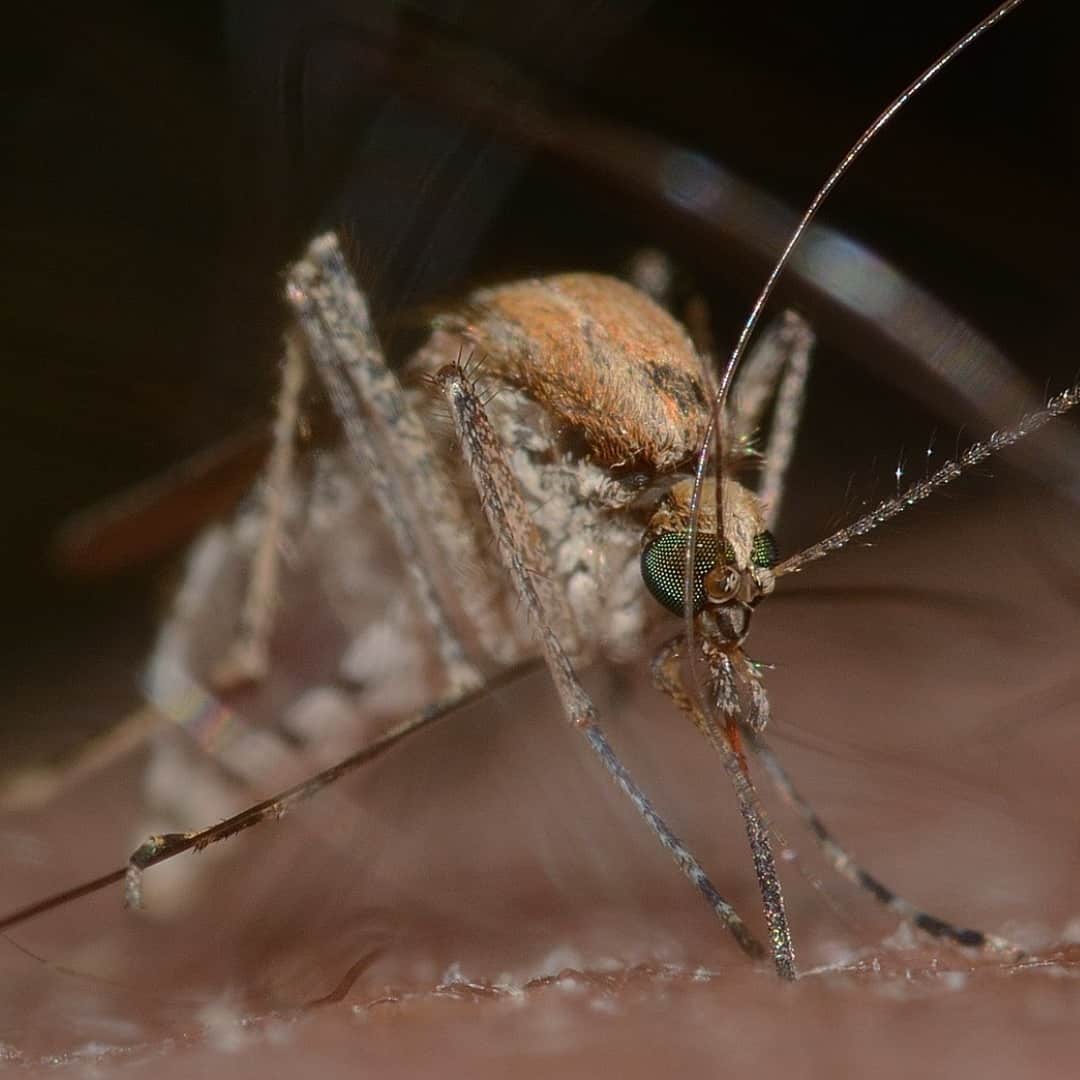
Image Credit: aronicaplanthealthcare
Mosquitoes are very common insects that feed on blood. A mosquito bite is itchy and can be painful. Some mosquito species can also carry diseases that can make us very ill or even threaten our lives. Mosquitoes can also transfer parasitic heartworms to cats and dogs.
Mosquitoes breed around still water. The females will lay their eggs in places such as ditches or ponds, near rivers and lakes. Moisture is key to the eggs’ survival, which is why you often see an increase in their numbers after heavy rain and humid weather.
6. Moths
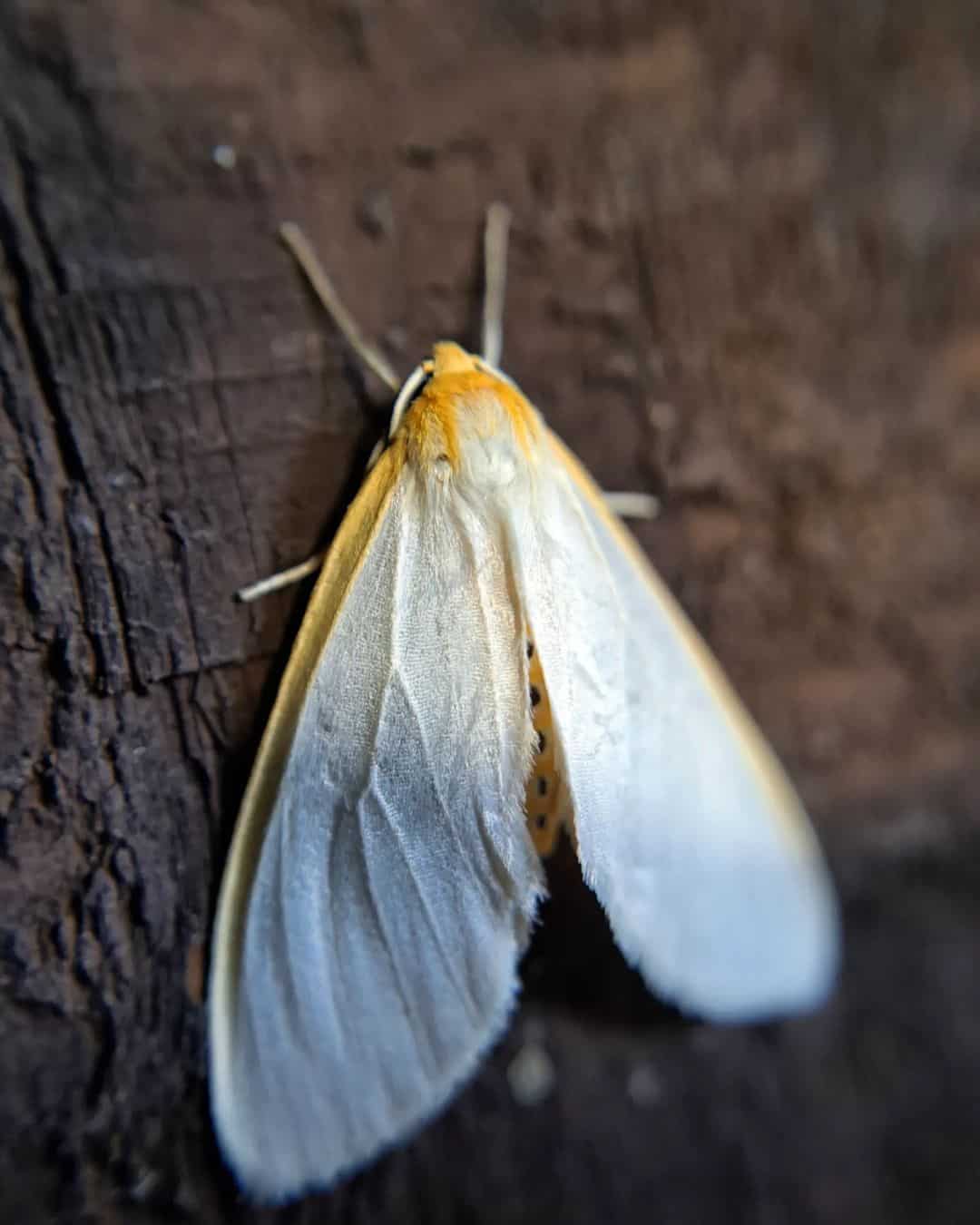
Image Credit: fungintheforest
Moths are pests with scale-covered wings and feathery or threadlike antennae. Some moths can have brighter color patterns on the wings. However, most are dark brown or gray.
While moths represent no danger to people, they can be destructive in your home. Moths can attack your plants, fabrics, or food items, depending on the species. They look for dark areas to live and breed in. In homes, moths are most commonly found in closets, bathrooms, attics, and basements.
7. Spiders
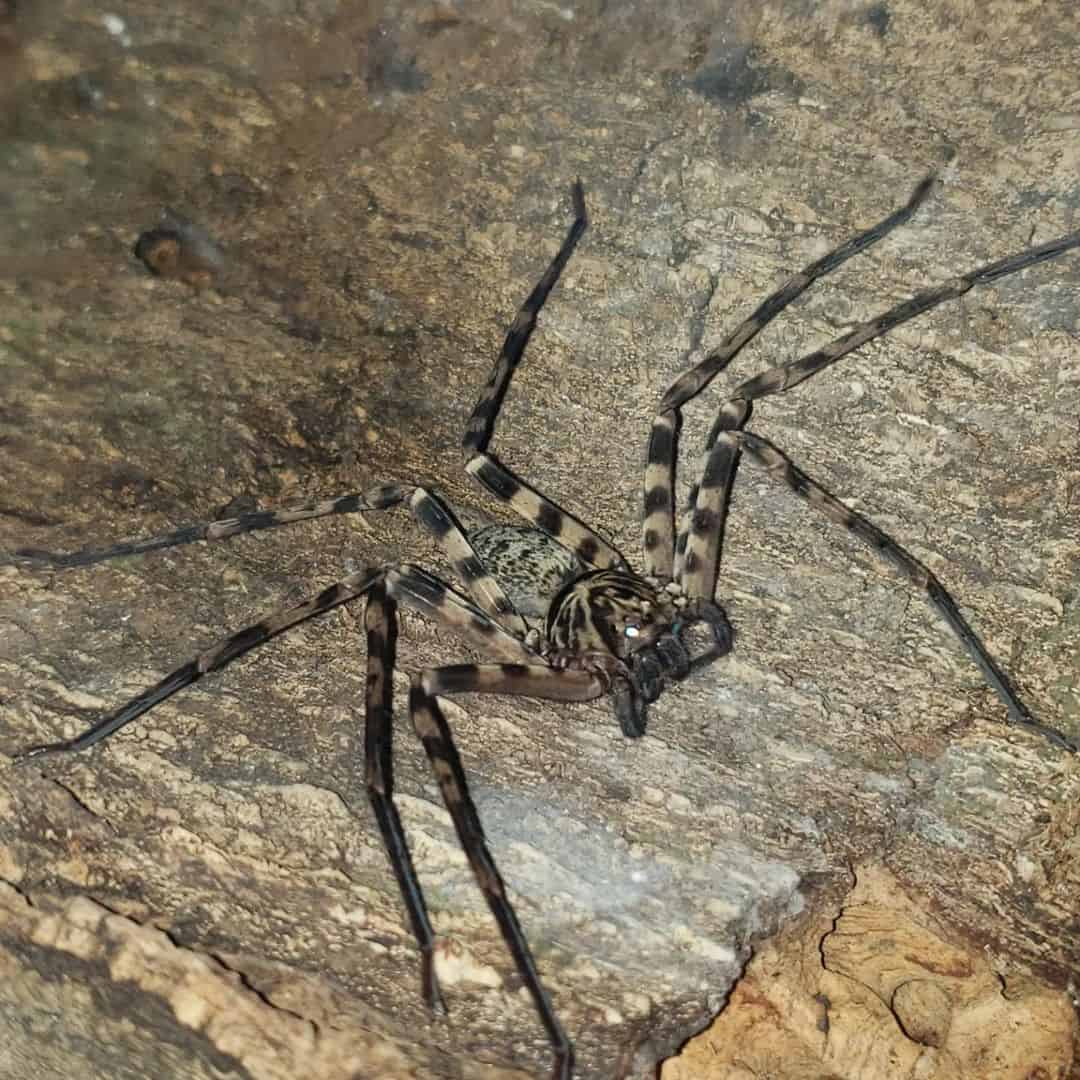
Image Credit: creepy_crawly_carl
Even though many species of spider are completely harmless, many people fear all spiders. In Alabama, there are some spiders, such as the brown widow and black widow spiders, whose venom can make you sick. Other common spider species in Alabama include the wolf spider, jumping spider, and cellar spider.
Spiders prefer to live outdoors but will move indoors after their prey when the temperature outside drops. Both in and outdoors, spiders will spin their webs in areas where their food is most likely to get caught in them.
8. Stinging Insects
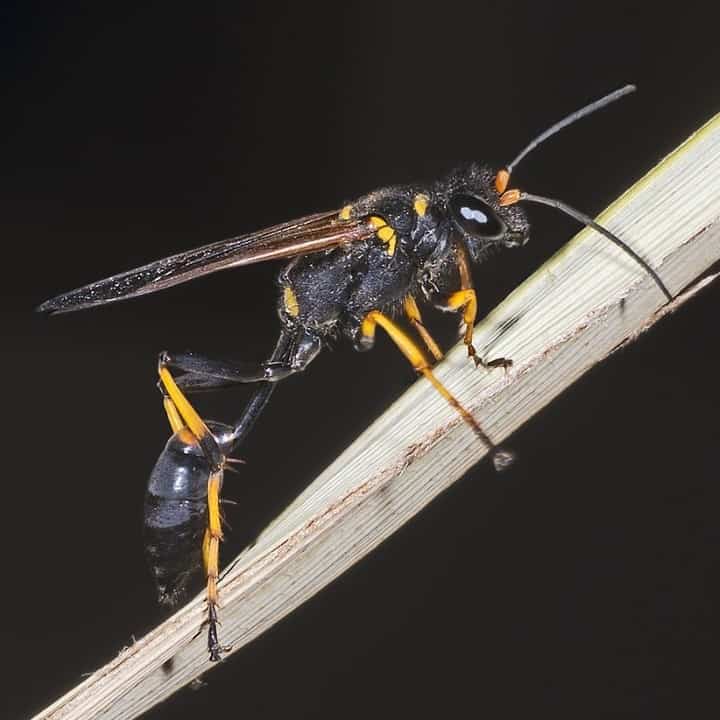
Image Credit:
rhmillerpest
Stinging insects include species that have a stinger at the end of their tail or abdomen. Stinging insects can include species that fly, such as bees and wasps, or those that crawl like scorpions.
They use their stingers to defend themselves or to kill their prey. While stinging insects are useful in spreading pollen and eliminating other insects, they can also be dangerous.
While bees are less likely to bother you, wasps can become a nuisance and build their nests in your home. Some wasp species, such as hornets and yellow jackets, are more aggressive and can sting their victim multiple times. Their sting is not only painful but can also cause a dangerous allergic reaction.
Wasps will eat ripe fruit and most discarded foods and can often be found buzzing around outdoor eating areas, trash cans, and composts, and they can make their nests in places such as wall cavities or eaves in your home. Scorpions look for humid spaces inside your home, such as basements and bathrooms.
9. Termites
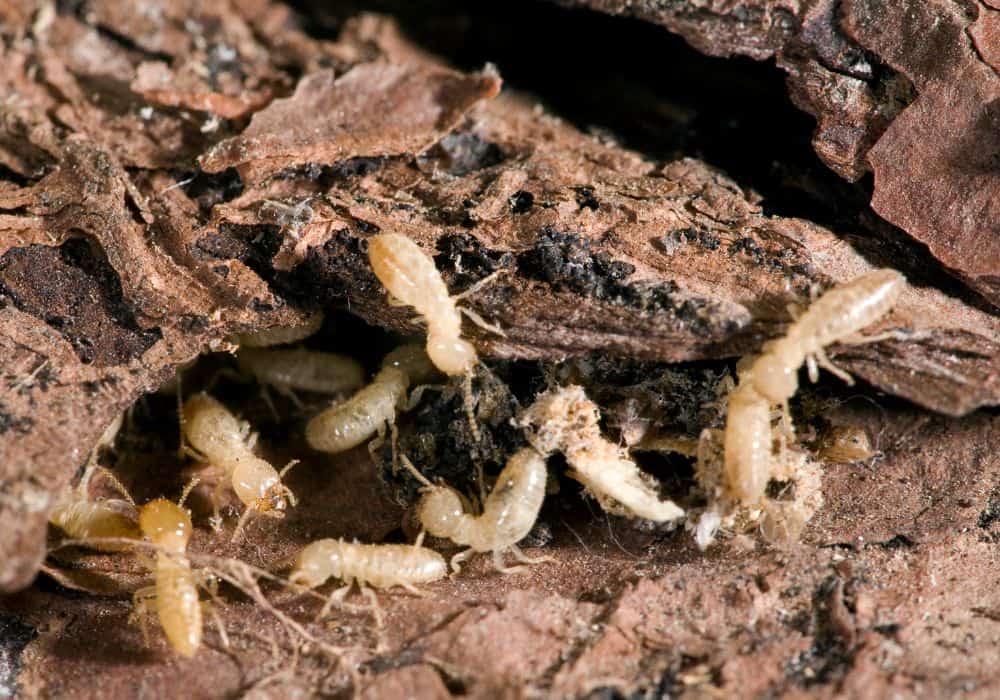
Termites are among the most destructive pests around. Each year they cause damage worth billions of dollars in the United States. They can be difficult to detect as they can remain hidden inside a piece of wooden furniture or a wall until the damage is done.
In Alabama, dry wood and subterranean termites are found across the whole state, while the southeastern dry wood termites are mostly found in the southern parts of Alabama.
All termites live in large colonies in the moist soil around dead tree trunks. They prefer decaying or water-damaged wood, but if that is not available, will attack any wooden structures.
How to Get Rid of Bugs in Your House
How you deal with the bugs in your home depends on the type of pests. While you can deal with some of them on your own, you may need to contact your local pest control to deal with more difficult cases such as termites or wasp nests.
You can prevent bugs by sealing the entry points to your home and keeping it clean and clutter-free to avoid creating spaces where pests like to hide. Since many of the pests also like humid spaces, a dehumidifier can help to keep those pests away. Cleaning and washing your pets regularly can also help.
In addition, you can take other preventative measures to keep your home free of bugs. Many small pests hate strong smells such as peppermint, citrus, and cedar, and placing these in strategic spots, for example, window sills and near drains can repel bugs and drive them to seek shelter somewhere else.
Conclusion
Nobody wants to have large numbers of bugs living in their home as they can become a nuisance and be dangerous. Some bugs can also spread diseases, cause allergic reactions, and even threaten your, your family’s, or your pets’ lives.
We hope you now have a good understanding of the common house bugs in Alabama. If you would like to ask us anything about the topic, you can write your questions in the comments section.
